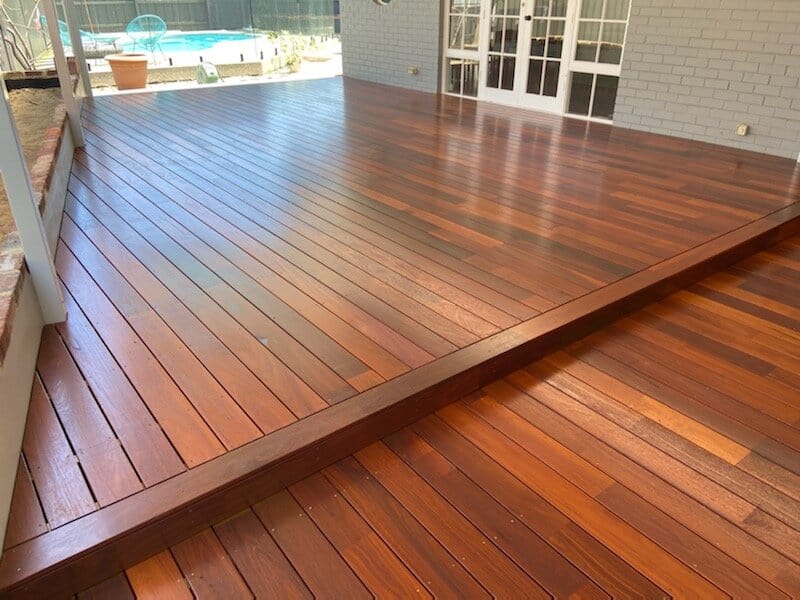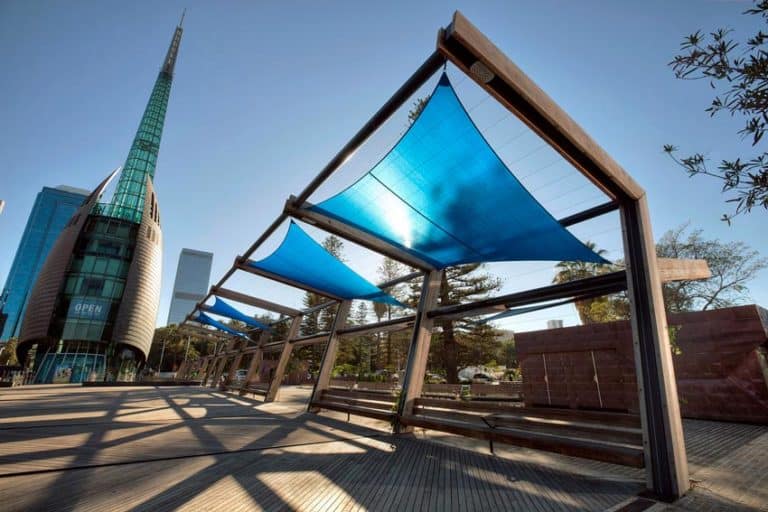When it comes to decking material, consumers are really spoilt for choice. Not only do you have a wide range of timber species to choose from, you also have a variety of composite products as well.
However, there is a downside to this – it makes the buying process more difficult. Until the early 90s, composite did not exist in the market, which meant there was only a limited supply of traditional timber species to choose from. There was no question of which material (timber or composite) was better because it simply was not an option. Now, however, customers have a plethora of options to choose from. If you are building a deck in the near future, you might be asking yourself whether you should stick with traditional timber or use composite.
Unfortunately for some, there is no black and white solution for every circumstance. Both materials have properties that will benefit your unique circumstances. While we cannot offer you a definitive answer, we can provide you with information that might help you to make a decision.
Materials
Timber decking
Until 20 years ago, timber was the only thing used for decking. Timber’s has a great aesthetic appeal – there is no denying that a well-maintained timber deck, with its natural grains and colours is a thing of beauty.
 Source: Domain
Source: Domain
Composite decking
Even though it is a manufactured product, composite decking is designed to mimic the grains and colours of natural timber. Benefits of composite include resistance to rot and insect infestation, amongst others. There are a wide range of composite products on the market, including the brands Trex, Modwood and Timbertech.
 Source: Trex
Source: Trex
Installation
Installation might differ between brands due to how the material expands and contracts, but generally, the installation process is more or less the same regardless of whether it is traditional decking or composite.
Composite is not as flexible as wood and might require some supporting fixings and joints. However, it is usually manufactured with a tongue and groove system that allows the boards to easily click into place, thus reducing the time it takes to install.
Maintenance
One of the biggest advantages of composite is that it requires very little maintenance in comparison to timber, which requires cleaning, resealing and resurfacing throughout the life of the product. However, composite is quite prone to mould growth, while timber is not.
Environmentally Friendly Choice
There is a lot of conflicting information about whether composite or timber decking is better for the environment, however there are good arguments for both.
Timber is a renewable resource. In Australia, natural timber is sourced from plantations or new growth forests. Trees naturally absorb carbon dioxide from the atmosphere and store it in their wood. CO2 continues to be trapped in the wood, even when the tree is harvested and made into timber products like decking. The manufacturing process (harvesting, milling and transportation) is also thought to be more energy efficient than the composite manufacturing process.
Composite decking is made from a combination of plastics and timber fibres from waste products (e.g. sawdust). Manufacturers of composite decking claim that their product is more environmentally friendly than timber for 2 reasons.
- In decreases the demand of virgin timber, so less timber has to be harvested.
- Composite products, like those from Trex, are made up of 95 percent-recycled wood and plastics.
Cost
The cost of composite decking can be almost double that of timber. Even though it initially seems significantly more expensive, it can actually be economically viable because it lasts longer than timber and is much easier to install. If money is an issue for you, then timber is probably going to be your best bet, even though the lifespan of the product might be shorter.
Here some are estimated costs for a complete deck per square foot as sourced from Houzz.
- Pressure-treated wood: $15-$25
- Cedar: $24-$45
- Composite: $32-$45
- Redwood: $30
- Top-end plastic: $48
- Ipe: $55
How to choose?
With the information provided above, you should be able to make a more informed choice about what material is right for you. Always take into account what you will use it for, as this will help narrow the search.
When you finally go into a retailer, make sure to ask questions about what they would recommend, about the warranty of the product and how long it will last.
If you have any further queries about timber or composite decking, feel free to contact us.



































